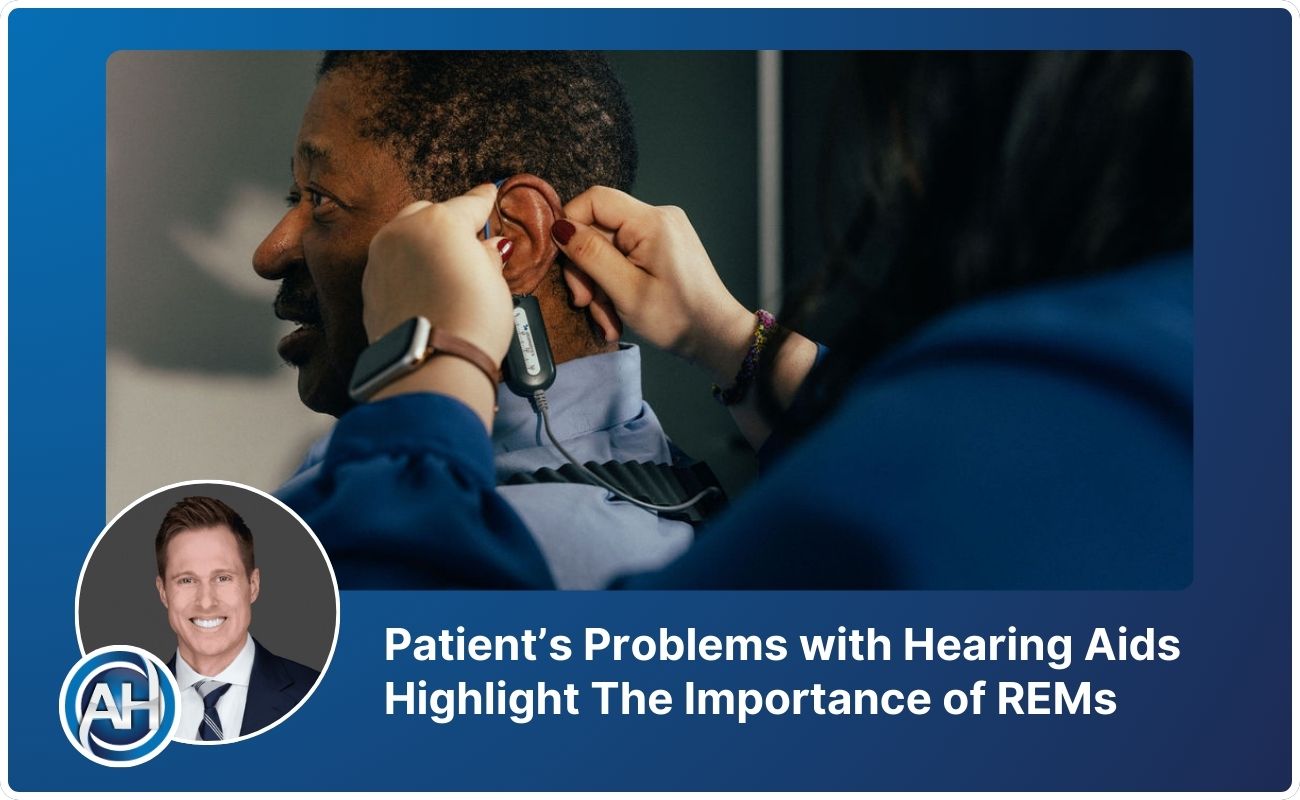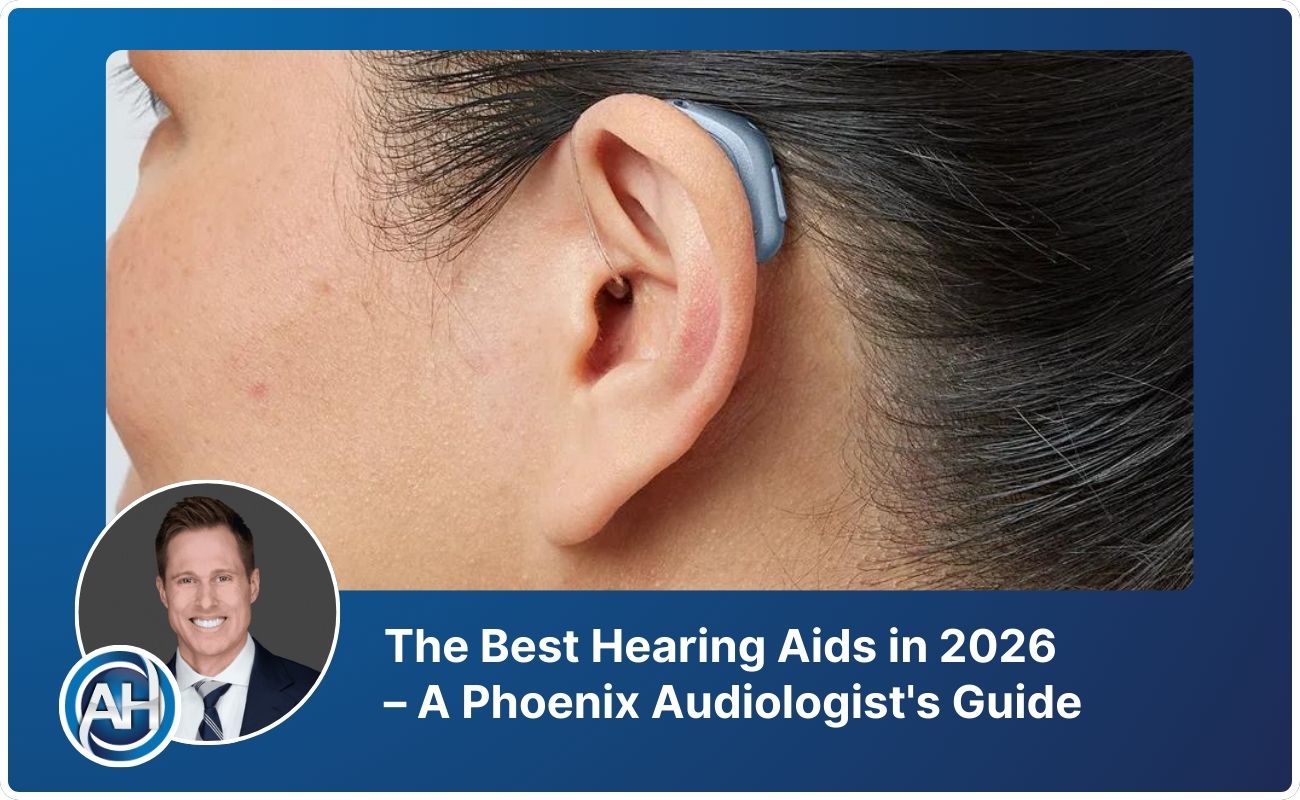
Patient’s Problems with Hearing Aids Highlight The Importance of REMs
A patient case demonstrates how improper online hearing aid fitting without Real Ear Measurement leads to poor performance and professional negligence concerns.
Integrate your CRM with other tools
Lorem ipsum dolor sit amet, consectetur adipiscing elit lobortis arcu enim urna adipiscing praesent velit viverra sit semper lorem eu cursus vel hendrerit elementum morbi curabitur etiam nibh justo, lorem aliquet donec sed sit mi dignissim at ante massa mattis.
- Neque sodales ut etiam sit amet nisl purus non tellus orci ac auctor
- Adipiscing elit ut aliquam purus sit amet viverra suspendisse potenti
- Mauris commodo quis imperdiet massa tincidunt nunc pulvinar
- Adipiscing elit ut aliquam purus sit amet viverra suspendisse potenti
How to connect your integrations to your CRM platform?
Vitae congue eu consequat ac felis placerat vestibulum lectus mauris ultrices cursus sit amet dictum sit amet justo donec enim diam porttitor lacus luctus accumsan tortor posuere praesent tristique magna sit amet purus gravida quis blandit turpis.

Techbit is the next-gen CRM platform designed for modern sales teams
At risus viverra adipiscing at in tellus integer feugiat nisl pretium fusce id velit ut tortor sagittis orci a scelerisque purus semper eget at lectus urna duis convallis. porta nibh venenatis cras sed felis eget neque laoreet suspendisse interdum consectetur libero id faucibus nisl donec pretium vulputate sapien nec sagittis aliquam nunc lobortis mattis aliquam faucibus purus in.
- Neque sodales ut etiam sit amet nisl purus non tellus orci ac auctor
- Adipiscing elit ut aliquam purus sit amet viverra suspendisse potenti venenatis
- Mauris commodo quis imperdiet massa at in tincidunt nunc pulvinar
- Adipiscing elit ut aliquam purus sit amet viverra suspendisse potenti consectetur
Why using the right CRM can make your team close more sales?
Nisi quis eleifend quam adipiscing vitae aliquet bibendum enim facilisis gravida neque. Velit euismod in pellentesque massa placerat volutpat lacus laoreet non curabitur gravida odio aenean sed adipiscing diam donec adipiscing tristique risus. amet est placerat.
“Nisi quis eleifend quam adipiscing vitae aliquet bibendum enim facilisis gravida neque velit euismod in pellentesque massa placerat.”
What other features would you like to see in our product?
Eget lorem dolor sed viverra ipsum nunc aliquet bibendum felis donec et odio pellentesque diam volutpat commodo sed egestas aliquam sem fringilla ut morbi tincidunt augue interdum velit euismod eu tincidunt tortor aliquam nulla facilisi aenean sed adipiscing diam donec adipiscing ut lectus arcu bibendum at varius vel pharetra nibh venenatis cras sed felis eget.
A recent case in our clinic highlighted a troubling trend in hearing healthcare that borders on professional negligence. A patient came to us after years of struggling with improperly fitted hearing aids purchased online, demonstrating why proper fitting procedures—especially Real Ear Measurement—are essential for successful hearing aid treatment.
This patient's experience illustrates a critical issue we see repeatedly: hearing aids dispensed without following established best practices, leaving patients with expensive devices that provide minimal benefit. At Applied Hearing Solutions, we believe this situation raises serious questions about professional responsibility and patient care standards.
The Case That Raised Red Flags
This individual had been working with an online hearing care provider for tinnitus treatment, receiving mail-order Phonak hearing aids that were programmed remotely. Despite wearing prescription-level devices, he reported getting more benefit from his Apple AirPods Pro—an over-the-counter device that shouldn't outperform professional hearing aids.
When he flew to Phoenix for evaluation at our clinic, we discovered the root of his frustration. Using Real Ear Measurement, we found his hearing aids were programmed so far from his hearing loss prescription that they were essentially useless. He was significantly under-amplified across his entire high-frequency hearing loss range, while being over-amplified at frequencies that didn't require additional sound.
The most telling discovery? His Apple AirPods Pro were actually programmed better than his expensive prescription hearing aids. This explained why he preferred the consumer devices over his professionally dispensed equipment.
Why Online Hearing Aid Dispensing Falls Short
When hearing aids are ordered online, providers rely entirely on manufacturer "first-fit" algorithms based on audiogram data. These initial settings represent educated guesses about amplification needs, but they're based on average ear canal measurements that rarely match individual patients.
The fundamental problem is that every person has unique ear canal size and shape characteristics that significantly affect how sound is delivered to the eardrum. Without physically measuring these individual differences through Real Ear Measurement, it's impossible to program hearing aids accurately.
We've never encountered a patient with "average" ear canal dimensions in our clinic. This means first-fit programming—the only option available for remote fittings—inevitably results in suboptimal performance for virtually every patient.
The Real Ear Measurement Solution
Real Ear Measurement allows us to precisely verify that hearing aids are delivering the correct amount of amplification at each frequency range. We place probe microphone tubes in your ear canals alongside your hearing aids, then measure the actual sound levels reaching your eardrums.
During this process, we compare your measured amplification against your specific hearing loss prescription. The goal is to match your prescriptive targets as closely as possible, ensuring you receive adequate amplification where needed without over-amplifying frequencies with normal hearing.
For our patient with the improperly fitted Phonak devices, we switched him to a different hearing aid brand better suited for high-frequency hearing loss and programmed the devices precisely to his prescription using Real Ear Measurement. The result was immediate and dramatic—his tinnitus disappeared completely when wearing the properly fitted hearing aids.
Our Applied360 Review and Refit Programs
When patients come to us with underperforming hearing aids, we often recommend our Applied360 Review consultation. This comprehensive evaluation determines whether existing devices are capable of treating your hearing loss effectively or if they simply need proper programming.
Many patients qualify for our Applied360 Refit program, which essentially starts from scratch with existing hearing aids. We verify proper physical fit, perform comprehensive Real Ear Measurement for all speech levels, and optimize every aspect of the programming over a structured three-week period.
This process can transform hearing aids that previously provided minimal benefit into devices that deliver exceptional performance. The key difference is following research-backed best practices rather than relying on manufacturer estimates or general comfort adjustments.
The Professional Responsibility Question
This case raises important questions about professional ethics in hearing healthcare. When providers choose to dispense hearing aids through methods they know cannot achieve optimal results, are they meeting their professional obligations to patients?
Research clearly demonstrates that proper hearing aid fitting requires in-person verification procedures. Real Ear Measurement is considered the gold standard for hearing aid programming, yet many providers skip this critical step—whether due to time constraints, cost considerations, or lack of proper equipment.
At Applied Hearing Solutions, we believe patients deserve better. Every hearing aid fitting includes Real Ear Measurement verification because we know it's the only way to ensure optimal performance. We also maintain the equipment and expertise needed to perform test box measures and validated outcome assessments.
The Cost of Cutting Corners
Patients who receive improperly fitted hearing aids often struggle for years with devices that could perform much better with proper programming. Some give up on hearing aid treatment entirely, assuming the technology simply doesn't work for them.
Others continue seeking solutions, spending additional money on new devices when their existing hearing aids could be optimized through proper fitting procedures. This cycle of frustration and expense could be avoided if initial fittings followed established best practices.
The most concerning aspect is the missed opportunity for hearing improvement. Our patient lived with inadequate hearing aid performance for years when proper fitting could have provided immediate benefit for both his hearing loss and tinnitus symptoms.
Why Best Practices Matter
Comprehensive audiologic best practices exist because research has proven they deliver superior outcomes. These procedures aren't optional conveniences—they're essential components of effective hearing aid treatment.
At Applied Hearing Solutions, we follow these practices with precision because we know shortcuts compromise patient outcomes. Our Applied360 programs incorporate Real Ear Measurement, test box measures, and validated outcome assessments to ensure every patient receives optimal care.
Finding Proper Hearing Care
If you're struggling with hearing aids that don't seem to help, the problem may not be the technology—it could be the fitting process. Our Applied360 Review can determine whether your devices are capable of better performance or if different technology would better serve your needs.
Don't settle for hearing aids that make sounds louder without improving clarity. Properly fitted devices should provide clear, comfortable hearing in various environments, not just increase volume.
Contact Applied Hearing Solutions at (602) 877-0000 to schedule your comprehensive hearing aid evaluation. We'll determine whether your current devices can be optimized through our Applied360 Refit program or if new technology fitted with proper best practices would better serve your hearing needs.




